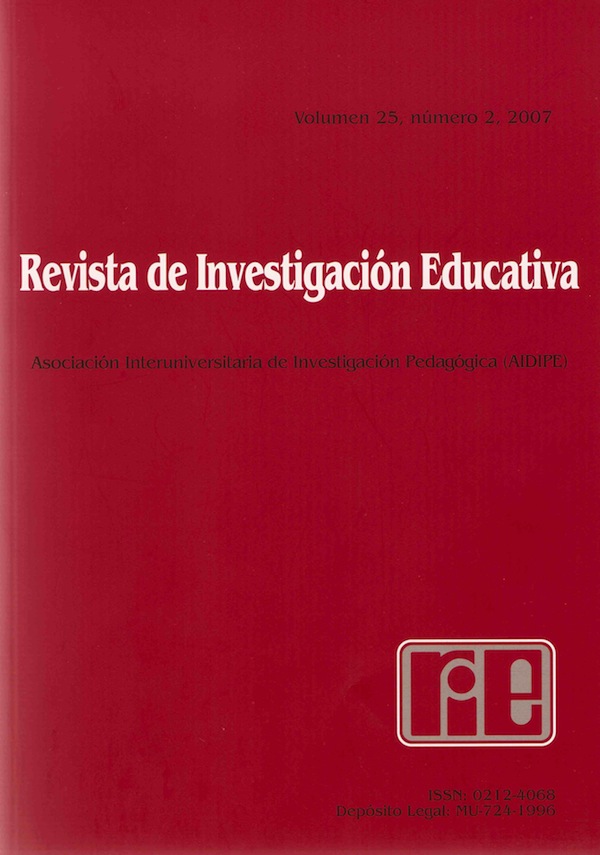La adaptación de las universidades al Espacio Europeo de Educación Superior. Un proceso metodológico para el diseño de planes estratégicos
Abstract
This article shows a methodologic procedure for the design of strategic plans. It comes form a prospective study made in the University of Seville with the purpose of establishing a diagnostic for to know that demands of the university to the incorporation at the European Higher Education Area (EHEA) and thus to value the changes that are due to make in scopes like the infrastructure dowry, formation of teaching staff and students in their supply of degrees. In this work, SWOT has been applied to identifiy the Weaknesses, Threats, Strenghts and Opportunities raised by a set of agents, like internal (deans, directors of departament, teachers an studens) like external (graduated, employers, public administrations, NGOs and teachin staff of high school) and, at a second moment, to derive from the same ones, lines of institutional intervention. Therefore, through a real case, one sets out a model and its methodologic sequence, like reference for the university institutions, that allows to carry out the corresponding diagnostic analysis for to design possible strategic plans.Downloads
-
Abstract222
-
PDF (Español (España))325
The articles and scientific documents published in RIE abide the following conditions:
1. The Servicio de Publicaciones de la Universidad de Murcia (the publisher) has the property rights (copyright) of all the documents published and allows the reuse under the user’s license indicated in point 2.
2. All documents are published in the digital edition of RIE under a Creative Commons Reconocimiento-NoComercial-SinObraDerivada 4.0 Internacional. (legal document) license. These documents can be copied, used, distributed, communicated and explained publicly if: i) the author(s) and its original source of publishing (magazine, publisher and URL of the document) are cited; ii) it is not used for commercial purpose; iii) the existence and the specifications about this license are mentioned.
3. Auto-archive’s conditions. The authors are allowed and encouraged to digitally distribute the pre-print versions (a version before evaluation) and/or post-print (a version that it is already evaluated and accepted to its publication). This promotes circulation and distribution earlier and can increase the citations and significance within the academic community.









